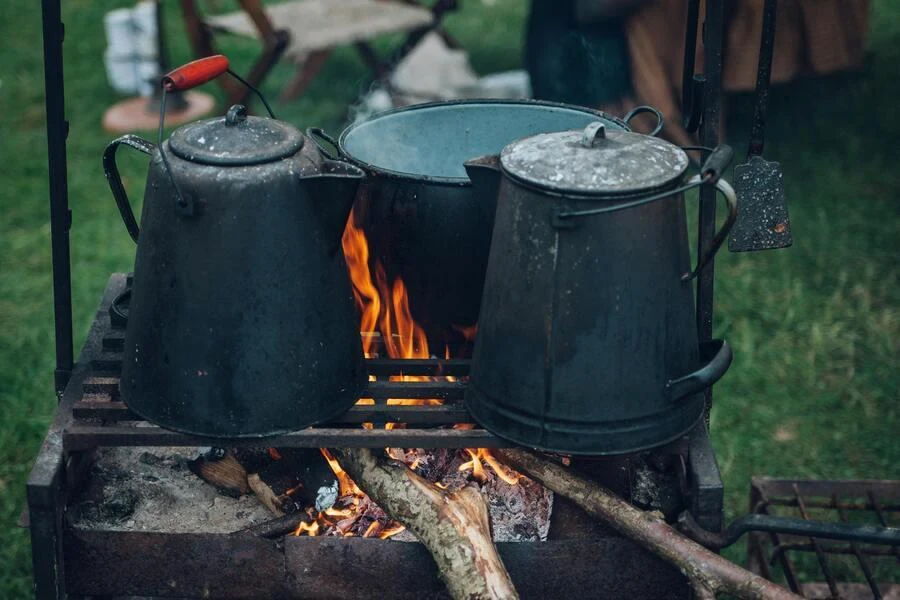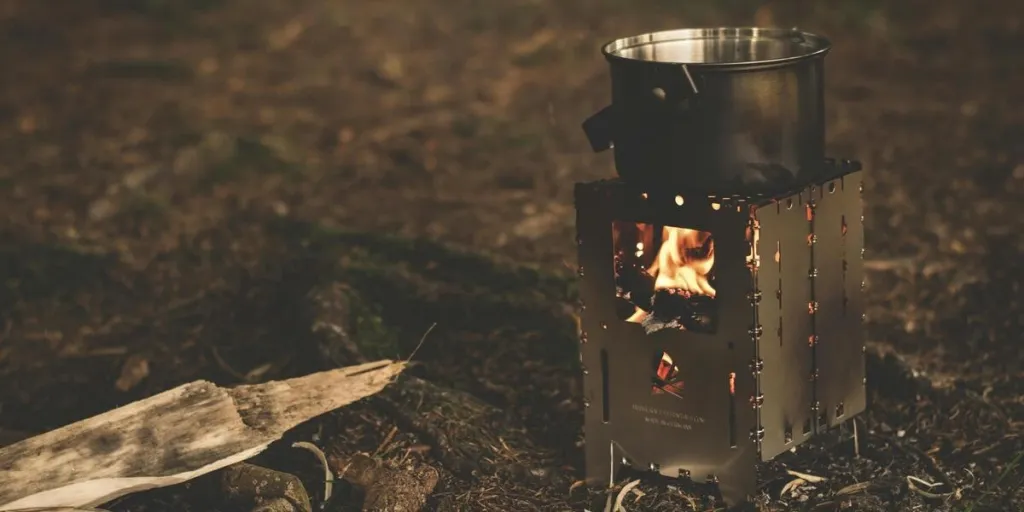People are showing more interest in outdoor activities these days. In 2023, the number of Americans taking part in outdoor recreation went up by 4.1%, reaching 175.8 million. This marks a big increase from the 168.1 million participants recorded in 2022. These adventurers participate in multiple activities, like hiking, camping, cycling, running, and fishing. Changes in how people live and a growing focus on health have played a part in this trend.
As more people head outdoors and become environmentally conscious, wood camping stoves have become popular among campers, hikers, and nature lovers. These stoves offer a sustainable and effective way to cook in the wilderness using wood that’s easy to find as fuel. Finding top-notch wood camping stoves is key for businesses looking to break into or grow in this market. This guide lays out a detailed plan to source these stoves. It covers market trends, important factors to consider, and useful tips to procure wood stoves successfully.
Table of Contents
Wood camping stoves market overview
Factors to consider when selecting wood camping stoves
Tips for sourcing the best wood camping stoves
Final takeaway
Wood camping stoves market overview

The global market for camping stoves is thriving as more people participate in outdoor activities. It is projected to generate US$ 540.8 million in 2024 and grow at a compound annual growth rate (CAGR )of 4.5% to reach US$ 839.8 million by 2034. Wood-burning camping stoves account for the highest sales. In 2024, this category is projected to reach a market value of US$ 187.7 million. This value will grow at a CAGR of 5% between 2024-2034, reaching US$ 306.5 million.
The various factors contributing to the growth of wood camping stoves include:
- Increased demand for sustainable and eco-friendly camping solutions
- Wood is readily available, making it more efficient compared to carrying other sources of fuel like саnisters of propаne or butаne
- Wood-burning provides an authentic outdoor cooking and camping experience.
Factors to consider when selecting wood camping stoves

As a business, there are multiple factors to consider when selecting wood camping stoves to stock. Different customers have varying needs and expectations that brands must pay attention to. Some of the factors to consider include:
Size and weight of the stove
Size and weight are crucial considerations when selecting wood camping stoves, particularly for outdoor enthusiasts who prioritize portability. Compact and lightweight stoves are ideal for backpacking and hiking, where space and weight are limited. These portable wood stoves are designed to be easily packable and are often foldable or modular. On the other hand, larger stoves may be more suitable for car camping or group use, where stability and cooking capacity are more critical. Businesses should assess the target market’s needs and preferences to choose the right size and weight for their product offerings.
Safety features
Safety is paramount when it comes to outdoor cooking equipment. Wood camping stoves should include several safety features to protect users and the environment. Stable bases are essential to prevent tipping and spills, while spark arrestors can help contain embers and reduce the risk of wildfires. A heat shield or protective barrier can prevent burns and protect the environment. These are especially important in tent stoves, where high temperatures can happen.
Additionally, features like adjustable air vents can help control the fire and improve combustion efficiency. Campers should also assess the wood camping stove’s dimensions to ensure compatibility with the campsite setup. Ensuring that stoves meet safety standards and have necessary certifications is vital for consumer trust and regulatory compliance.
Design
The design of a wood camping stove impacts its usability and efficiency. Features such as foldable legs, integrated windshields, and efficient airflow systems can enhance the stove’s performance and user experience. A compact, ergonomic design that facilitates easy transportation and setup is important for portability. Other features like adjustable cooking surfaces, integrated storage, a spark arrestor, reliable light, a door, and heat reflectors can improve functionality and convenience. Businesses should consider the design preferences of their target market and how different designs can differentiate their products from competitors.
Fuel efficiency
Fuel efficiency is a major consideration when selecting a wood camping stove. Efficient stoves consume less wood to generate the required heat, which is crucial when campers are in an environment where fuel might be scarce. The selected stove should be designed to maximize combustion efficiency. This feature reduces smoke output and ensures that the wood burns completely, providing more heat for cooking.
Durability
The durability of the tent stove is essential, particularly when camping in harsh environments. A stove made from robust materials like stainless steel or titanium is ideal. These metals can withstand high temperatures and are resistant to rust and corrosion. In addition, the stove’s construction should be solid, with stable legs and a sturdy design that can support the weight of cooking pots and handle uneven surfaces without toppling over. A durable stove is a long-term investment that will serve the camper well across many camping trips, enduring the wear and tear of outdoor use.
Heat output
The heat output of wood camping stoves determines how quickly and efficiently users can cook their meals. A stove with a high heat output will boil water faster and cook food more quickly. Some stoves offer adjustable airflow controls, allowing campers to regulate the heat intensity depending on their cooking needs. This adjustability is beneficial when simmering a meal slowly or bringing water to a rapid boil. Therefore, the chosen stove should provide versatile heat output options to ensure users can prepare a variety of meals efficiently.
Tips for sourcing the best wood camping stoves

Sourcing the best tent stoves requires a thoughtful and strategic approach. Below are some tips to help you navigate the sourcing process more effectively and ensure you get the highest quality products:
- Determine your sourcing strategies and channels
- Evaluate the suppliers
- Consider the costs
- Build and maintain strong supplier relationships
- Assess regulatory and compliance requirements
- Establish risk management strategies
Final takeaway
Sourcing wood camping stoves requires a strategic approach that considers market trends, product features, supplier evaluation, and risk management. Businesses can select high-quality products that meet consumer needs and regulatory requirements by focusing on key factors such as size, weight, safety features, and materials.
Building strong supplier relationships, managing costs, and ensuring compliance are critical to successful procurement. With these considerations in mind, businesses can effectively navigate the growing wood camping stove market and capitalize on the increasing demand for eco-friendly outdoor products.




